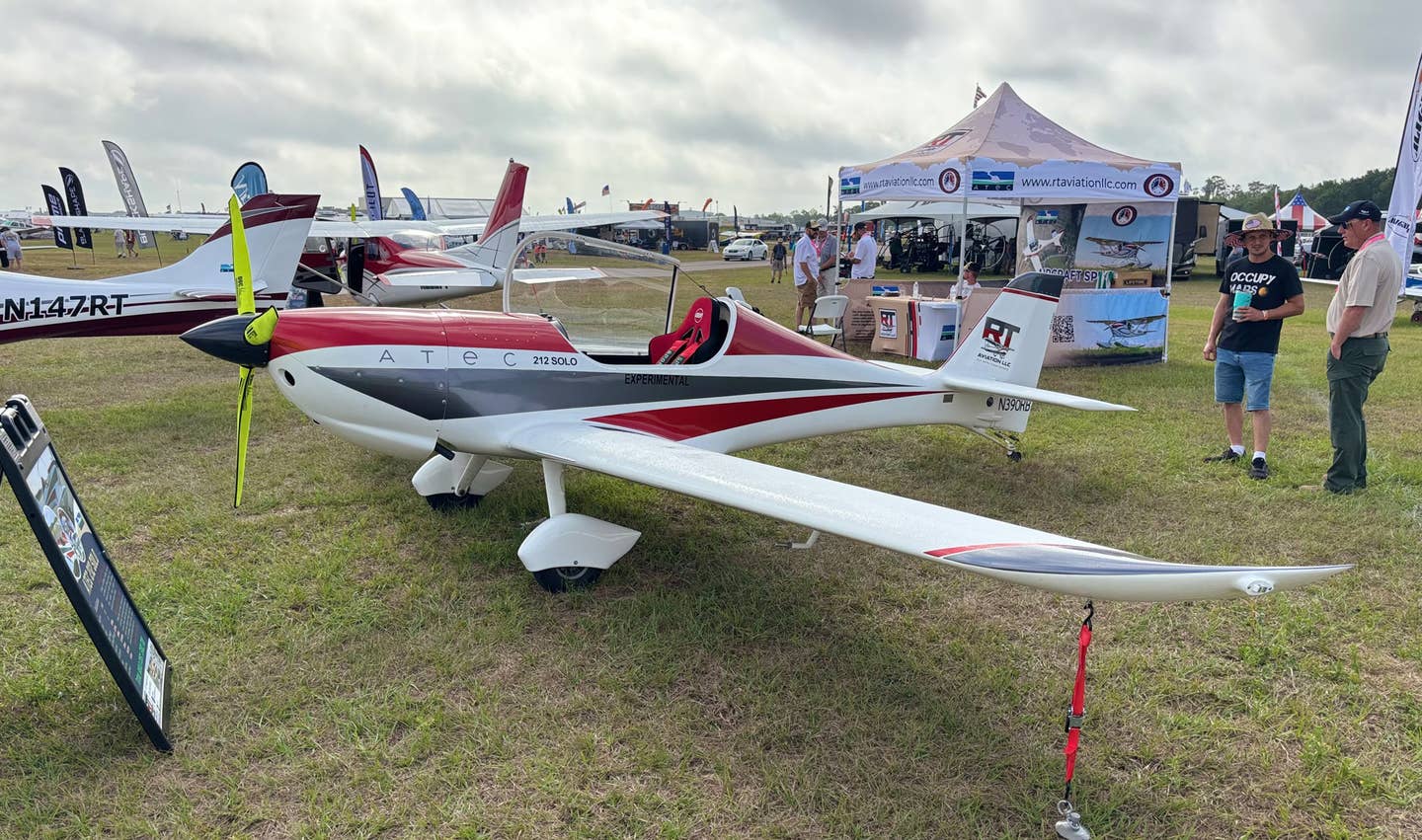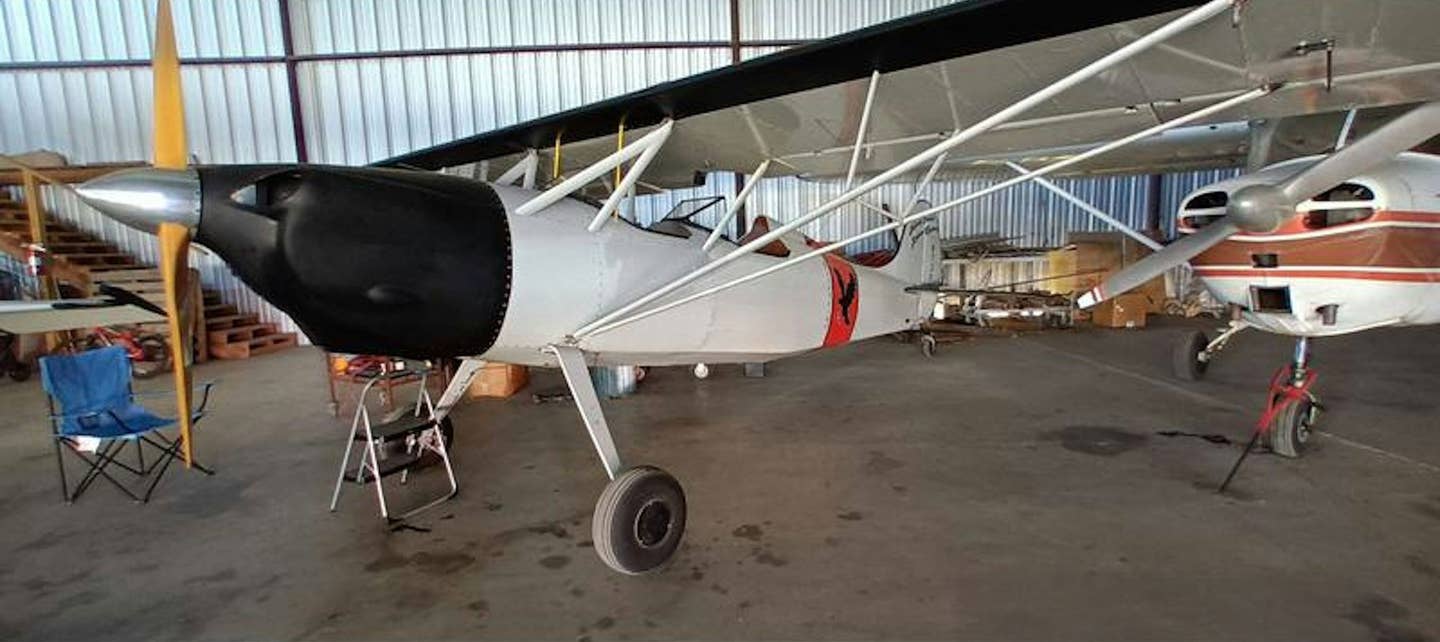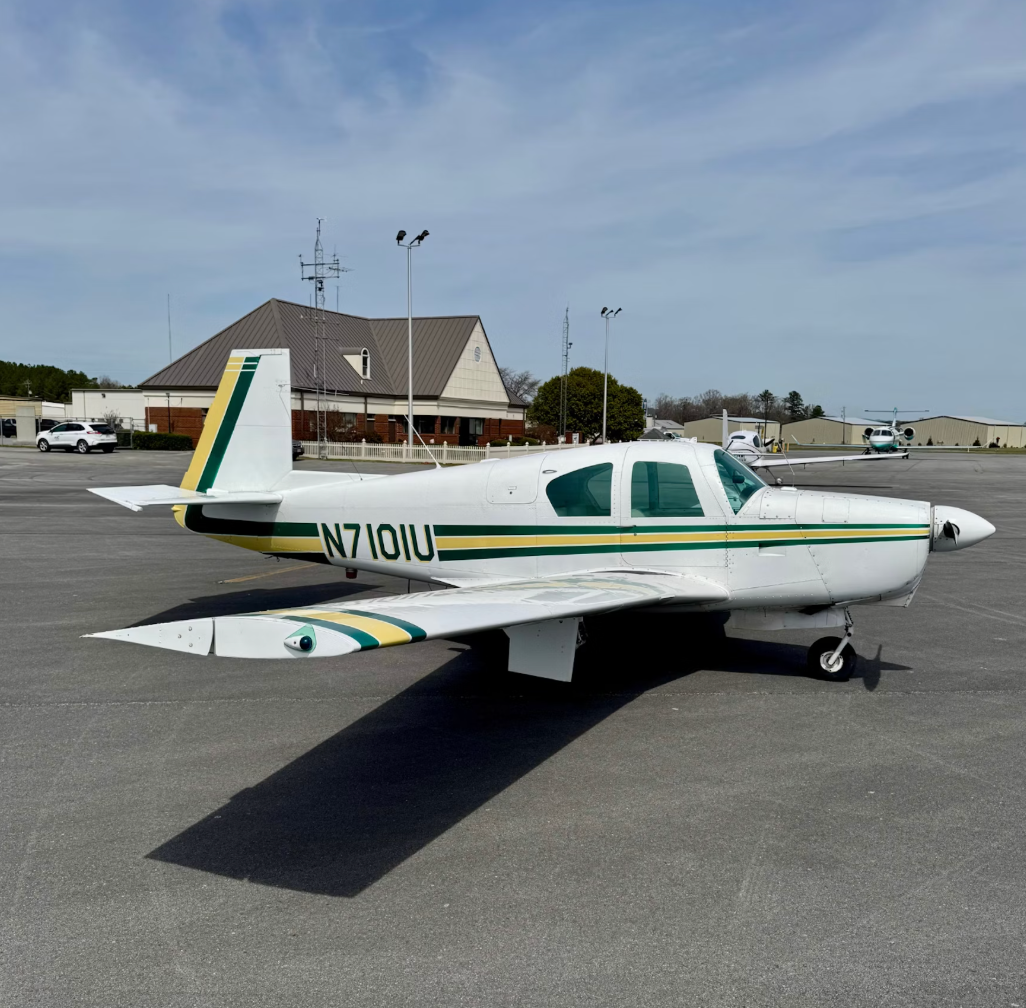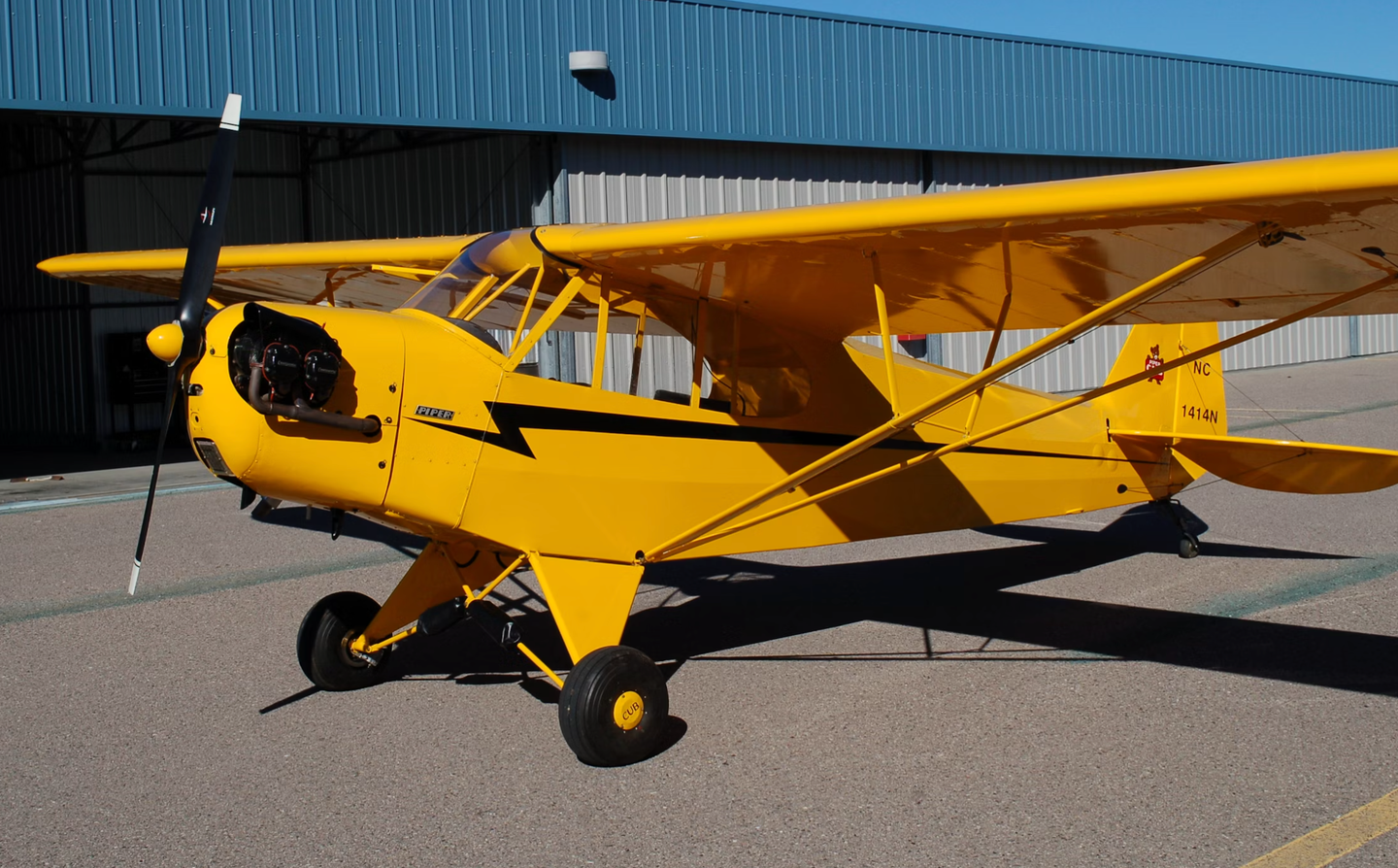The Mooney 301: Fast, Efficient And Good Looking
This was the plane that put the ’M’ in ’TBM.’
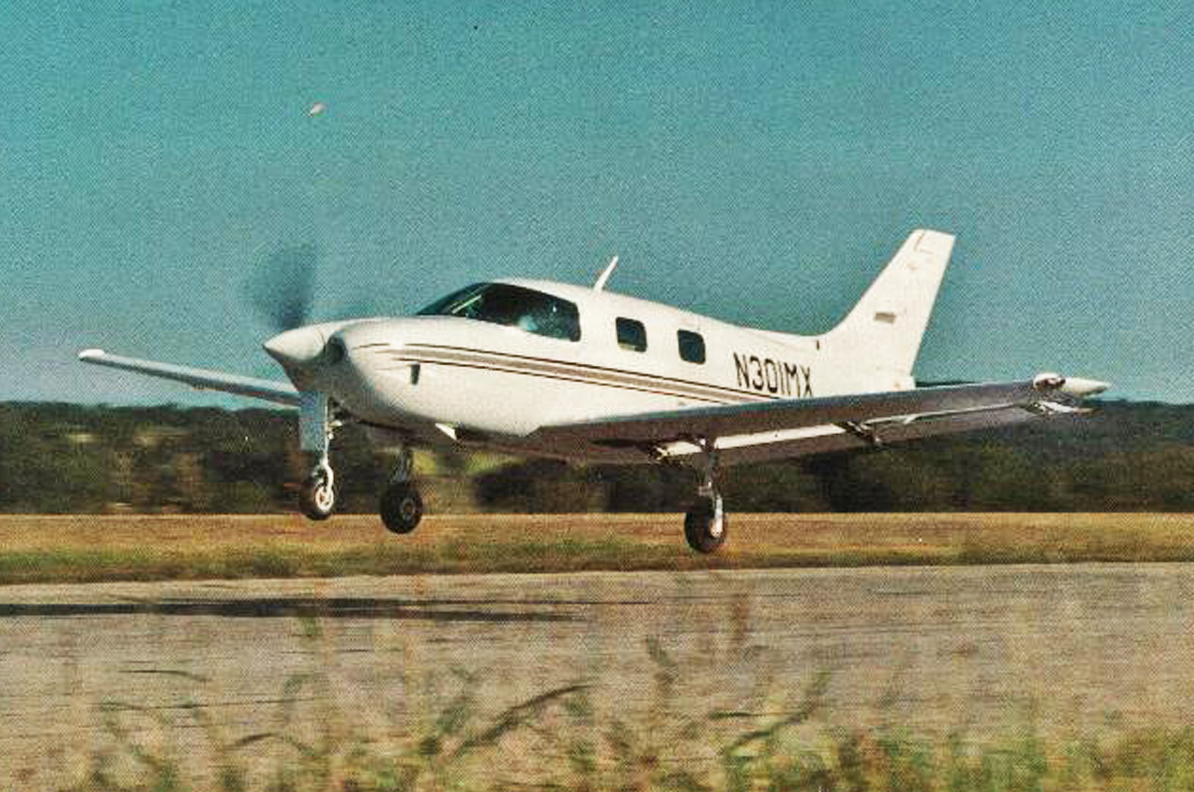
Combine the names Mooney and LoPresti, and whatever emerges is guaranteed to be fast, efficient and good looking. Mooney Aircraft has a reputation for designing and building sturdy, fast and very capable aircraft, immediately recognizable as a Mooney due to the forward-swept tail feathers and other unique design cues. However, on the 21st of April, 1983, a LoPresti-inspired, clean-sheet prototype that bore little resemblance to any previous or future Mooney took to the air. It would go on to change the face of the luxury personal aircraft industry, but, alas, not as a Mooney.
Aerodynamic legend Roy LoPresti arrived at Mooney in the early 1970s as the vice president of design after stints as an Air Force fighter pilot, an engineer at Bede Aircraft, and a vice president at Grumman Aircraft. At Grumman, he massaged the basic four-seat Traveler airframe into the sleek Cheetah and Tiger, arguably the fastest single-engine, fixed-gear aircraft on the market. LoPresti had a gift for taking good designs and making them faster and more capable. His goals for aircraft design were "fast, efficient and good looking." At Mooney, he set to work to perform similar magic on its line of retractable-gear singles. His team immediately began cleaning up the Mooney M20 airframe, reducing cooling drag, and improving the cabin ergonomics. The Mooney 201 and 231 that resulted were immediately the fastest piston singles in their class, and their descendants continue to hold that title today.
However, by the early 1980s, a new class of high-end singles was emerging. The six-seat pressurized Cessna 210 had been on the market for several years, and Piper and Beech had announced plans for additional six-place cabin-class pressurized singles. LoPresti's team originally looked for inspiration to the Mooney Mark 22 Mustang. It had been the first pressurized single to market in 1967. However, the Mustang had been a commercial failure and contributed significantly to the 1969 Mooney bankruptcy. Additionally, while a capable four-seater, the Mark 22 did not provide significant room for cabin growth.
So LoPresti and his team, many of whom he recruited from outside the company, decided on a clean sheet, six-seat, pressurized, single-engine design powered by a Lycoming TIO-540. From the cabin forward, the 301 bore a resemblance to many successful LoPresti designs, with a steeply sloped windshield, low-drag engine cowling, and small but efficient engine cooling intakes. However, any resemblance to the 201/231 line ended there. The 301 sported swept tail feathers and a fixed horizontal stabilizer, breaking with Mooney's trademark all-moving, forward-swept tail assembly. The comfortable cabin boasted room for six adults in a club seating arrangement. Aircraft entry was through a wide upward-hinged entrance door, located behind the left wing.
However, the biggest departure from traditional Mooney thinking was the wing. While similar to the M20 wing in planform, it boasted nearly full-span double-slotted fowler flaps. Roll control was provided primarily by spoilers augmented by large rectangular ailerons located near the wing tips. This design combined excellent high-altitude and high-speed performance while maintaining relatively low approach and landing speeds, all the while providing excellent control authority.
Theoretically, the new 301 could climb to 25,000 feet with a 9,000-foot cabin altitude and take six people in shirtsleeve comfort over 1,000 miles. Like the Mooney 201 and 231, the name 301 was derived from its design top speed of 301 mph. In early flight tests, the single prototype demonstrated excellent handling characteristics. However, it was initially a bit heavier and slower than projected. Unfortunately, before Roy LoPresti and his team could develop the aircraft further, the recession of the early 1980s placed significant financial strains on the company, so Mooney went shopping for a partner.
Enter the French aerospace firm Aerospatiale and its general aviation division, SOCATA. Mooney, struggling through several ownership changes, initially partnered with SOCATA, then eventually pulled out of the agreement. Thus, development of the 301 prototype was left to SOCATA, specifically its general aviation division located in Tarbes, France. During the brief Mooney/SOCATA partnership, the name "Tarbes Built Mooney," or TBM, emerged and has remained to this day. Thus, the Mooney 301 prototype formed the genesis for the highly successful TBM 700, 800 and 900 series. If you compare the Mooney 301 prototype with the TBM series, from the windshield pillars back to the tail, the similarities are obvious.
The key difference between the TBM 700 and Mooney 301 was turbine power. The TBM mated the elegantly designed Mooney 301 wing with an even larger six-seat cabin and powered all of this with the ubiquitous Pratt and Whitney Canada, PT6A turboprop. The speed and weight issues that had dogged early development of the Mooney 301 were conquered by this smooth, powerful and reliable turboprop powerplant. First flight occurred in April of 1988, and the European and U.S. Type Certificates soon followed. Of course, the rest is history. The TBM series, which now extends through multiple iterations to the current TBM 900, has been a runaway commercial sales success. As of October of 2020, the TBM series, now owned by French Aerospace company DAHER, celebrated the delivery of its 1,000th turboprop single.
Meanwhile, back at Mooney, Roy LoPresti, his work done, left to join Piper in 1987, and you can see his signature design features on many of its models. After Piper's 1991 bankruptcy, he formed a family business with his sons, LoPresti Speed Merchants, and spent the remainder of his years making general aviation aircraft faster and more efficient.
Mooney continues to experience financial challenges that have limited its ability to develop new products and keep pace with its other competitors. In 2013, it was acquired by a Chinese equity firm, and plans for a full line of training and travel machines were announced. However, this was not to be. Currently, the Mooney International Corporation soldiers on under a group of faithful owners, providing product support to its many loyal owners.
The Mooney 301 design must be considered a success. Its French descendants, the TBM series, are industry leaders. The legacy of the Mooney 301 is a tribute to the vision of Roy LoPresti and the dedication of the many loyal and talented Mooney engineers and employees. As Roy said, the incredible Mooney 301 was "fast, efficient and good looking!"

Subscribe to Our Newsletter
Get the latest Plane & Pilot Magazine stories delivered directly to your inbox

